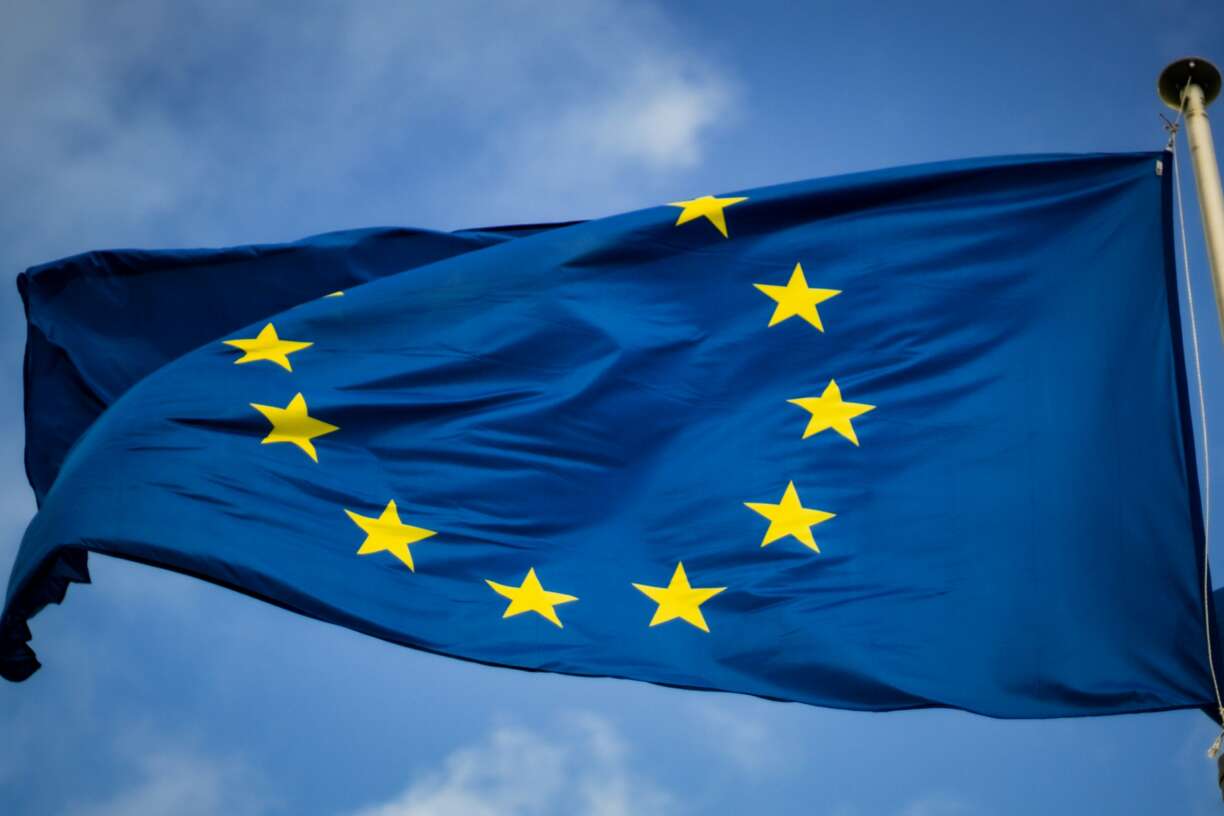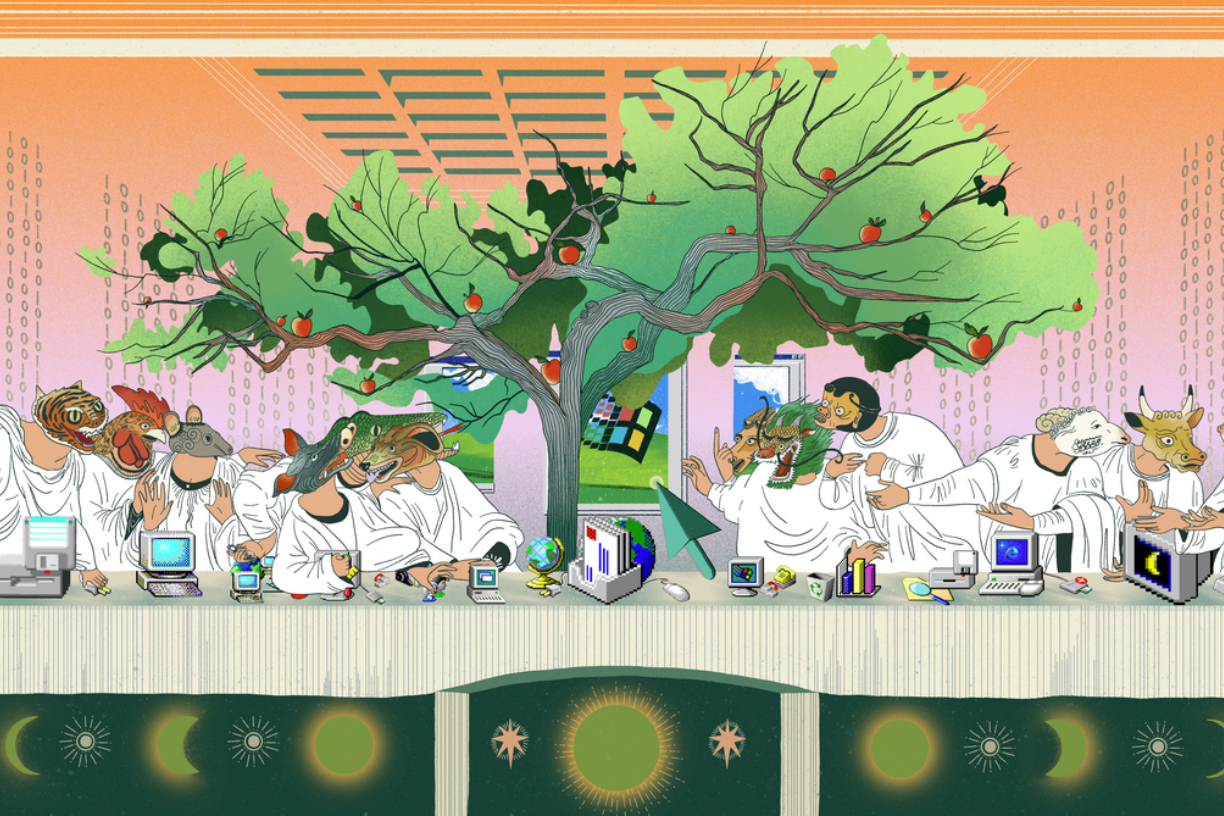May 27, 2024
Studying the infrastructural transformation: Journalism in the age of AI, platformisation, and regulation

Digital platforms have fundamentally transformed infrastructures of communication and, in so doing, durably changed journalism. The means of production and distribution of news, including their revenue mechanisms, circulation logics and ownership structures, have been fundamentally and structurally reshaped by such transformation.
With that in mind, we, as researchers embedded in the “Public Values in the Algorithmic Society” (AlgoSoc) project and working in this space, sought to respond to the call for contributions made by the International Observatory on Information and Democracy. Our initial goal was to inform the Forum supporting the Observatory of important literature on this (infra)structural transformation of the (digital) public sphere.
Our goal now, in sharing this contribution, is to start sketching a structured analytical framework, delineating impacts across macro, meso, and micro levels, that helps us ground the discussion regarding journalism’s value and position at a time when legal structures and technological advancements are bound to prompt profound implications. As these changes unfold, it is wise to keep a bird’s eye view to understand them and their implications more holistically, while taking stock of the more direct and explicit consequences.
On a macro level, we need to start by acknowledging that the current media landscape is largely a product of over forty years of Neoliberal dogma. Deregulatory politics and advertising dependencies have led to a media ecosystem increasingly prone to capture, both by increasingly large media conglomerates and platform companies. Rather than independent agents who happen to converge over a shared interest in news-worthy content, media conglomerates and platforms are the offsprings of the same set of public policies. The tendency to consolidation, along with the commodification and platformisation of socio-political and cultural aspects of life, necessitates a rethinking of our regulatory arsenal. Such reconsiderations are crucial for mitigating the adverse effects platforms can have on news media organisations, and ensuring a media landscape that can uphold and safeguard key public values like accountability, pluralism, and societal well-being.
At the meso level, we believe that our focus should be on the interdependencies between news organisations and digital platforms, and how they are negotiated. The concept of “infrastructural capture” illustrates how platform technologies infiltrate journalistic practices, subtly reshaping them from within. This is further compounded by the financial entanglements and strategic partnerships that platform firms seek to form with media conglomerates, often to achieve broader strategic goals like influencing public discourse and avoid or direct regulatory scrutiny. These dynamics highlight a significant power shift, where news media find themselves increasingly dependent on platform-owned services, infrastructures, and funding mechanisms. Having said that, and despite a primary focus on macro and meso levels, the interconnectedness of all three analytical dimensions is undeniable. To that end, our current research endeavours (New players and automated decision making in the media by Agustin Ferrari Braun and The emerging regulatory framework for algorithmic decision making in the media by Dr. Charis Papaevangelou) also include talking to journalists, editors, and back-end staff working in news media to understand their perceptions and experiences regarding this ongoing transformation.
Our work does not merely aim to document these phenomena but also to shape a coherent research agenda that addresses the multi-layered nature of digital journalism. We propose a structural approach to study the various actors and stakeholders in the relationship between platform firms and the press. This approach recognises the critical roles played by different intermediaries like press lobbyists, who have a significant impact on the regulatory and governance agenda of our digital public spaces.
For example, the recently adopted European Media Freedom Act has specific provisions regarding how journalistic content should be moderated by platforms, which was only achieved because of the continuous pressure of the publishers’ lobby in Brussels. The organisations that enshrined this “media privilege” in European legislation represent a diverse group of actors, ranging from public service media to advertisement sale houses. The process of pushing together for Article 18 of the EMFA is providing this disparate group of organisations with a common identity, which can be largely understood as a reaction to the disproportionate influence of the Big Tech lobby in Brussels. At the same time, many of these trade associations work with Big Tech on other issues, such as the development of standards to radio integration in cars. These oppositions and collaborations, these negotiations, are defining the field of digital journalism while themselves being the product of long histories of national and supra-national regulatory practices, technological development, and corporate and labour representation.
As members of the AlgoSoc consortium, we seek to further advance the discussion with robust theoretical and empirical insights into these relationships. Simultaneously, by participating in the Observatory’s collaborative efforts and heeding other similar calls, we wish to contribute to a global exchange of ideas and strategies, enhancing both the policy relevance and practical impact of our research. This endeavour is crucial for tackling the challenges digital platforms pose to journalism, ensuring that our findings not only advance academic knowledge but also have an impact beyond scholarly research.
More results /
By Roel Dobbe • November 12, 2025
By Natali Helberger • José van Dijck • Claes de Vreese • October 27, 2025
By Natali Helberger • March 06, 2025
By Kätliin Lember • November 07, 2024
By Maurits Kaptein • June 06, 2025
By Leonie Westerbeek • November 22, 2024
 What data reveals about Meta and Google’s political ad ban in the EU
What data reveals about Meta and Google’s political ad ban in the EU
By Fabio Votta • November 05, 2025
By Ernesto de León • Fabio Votta • Theo Araujo • Claes de Vreese • October 28, 2025
By Charis Papaevangelou • Fabio Votta • September 22, 2025









